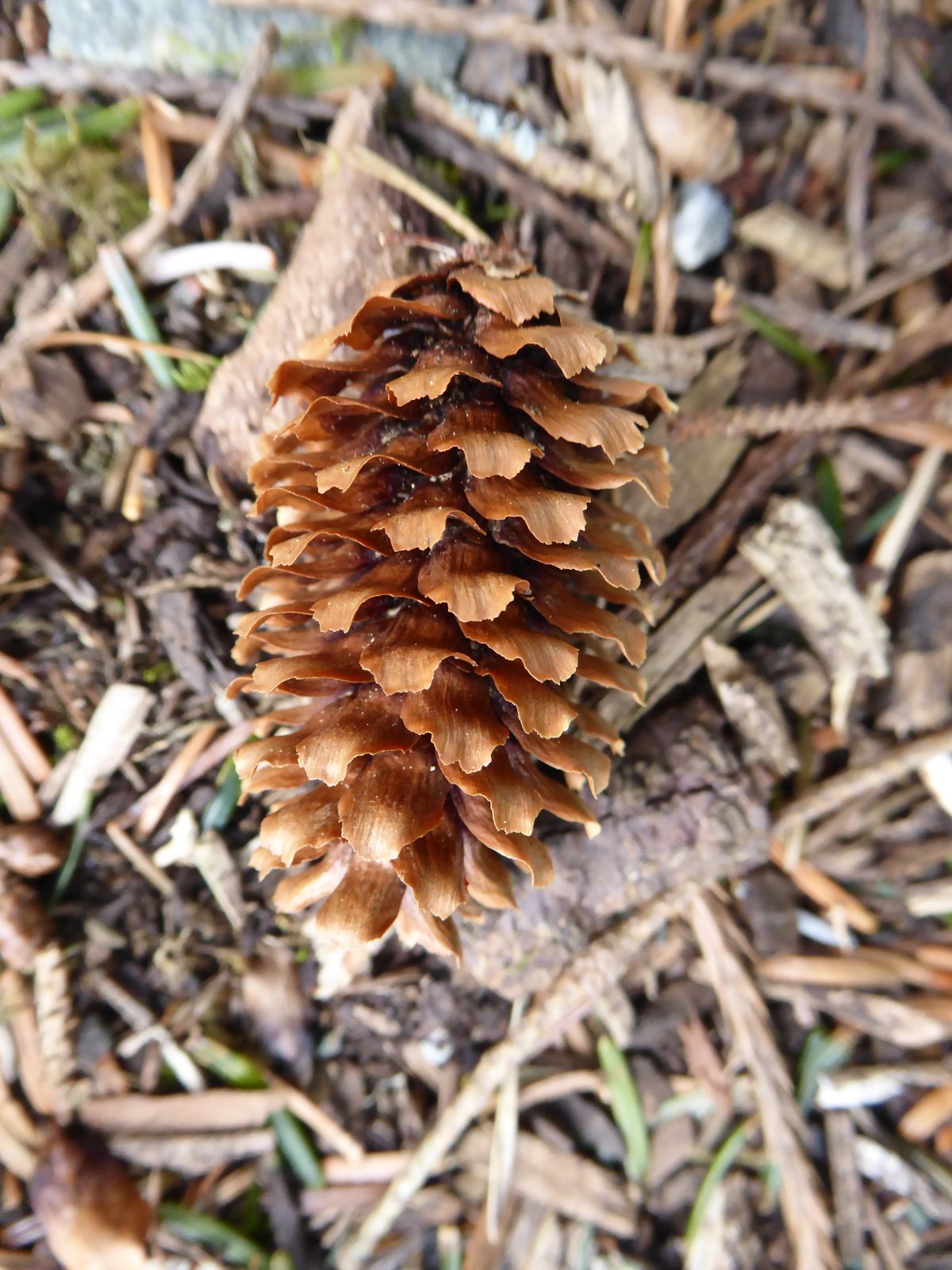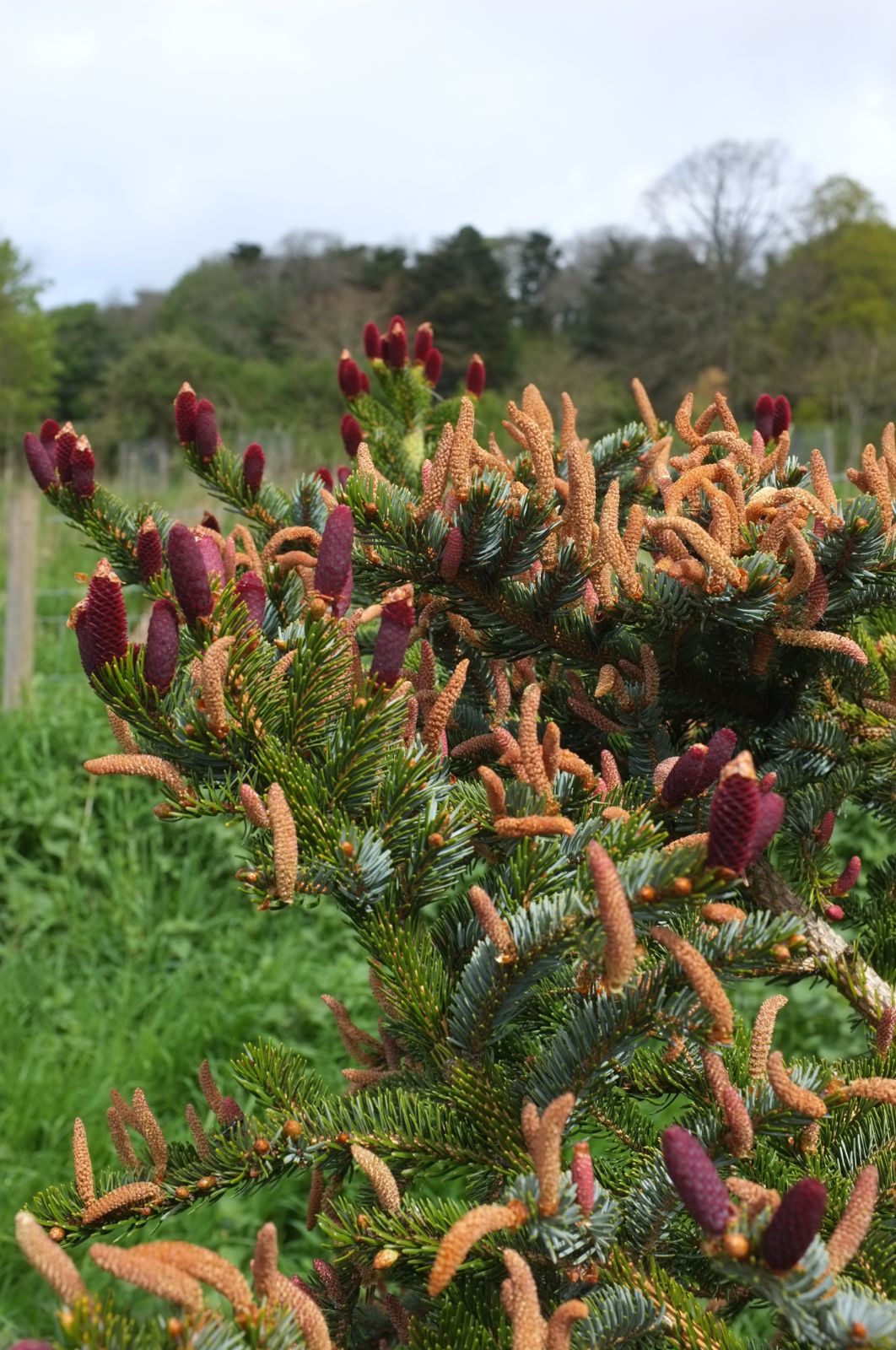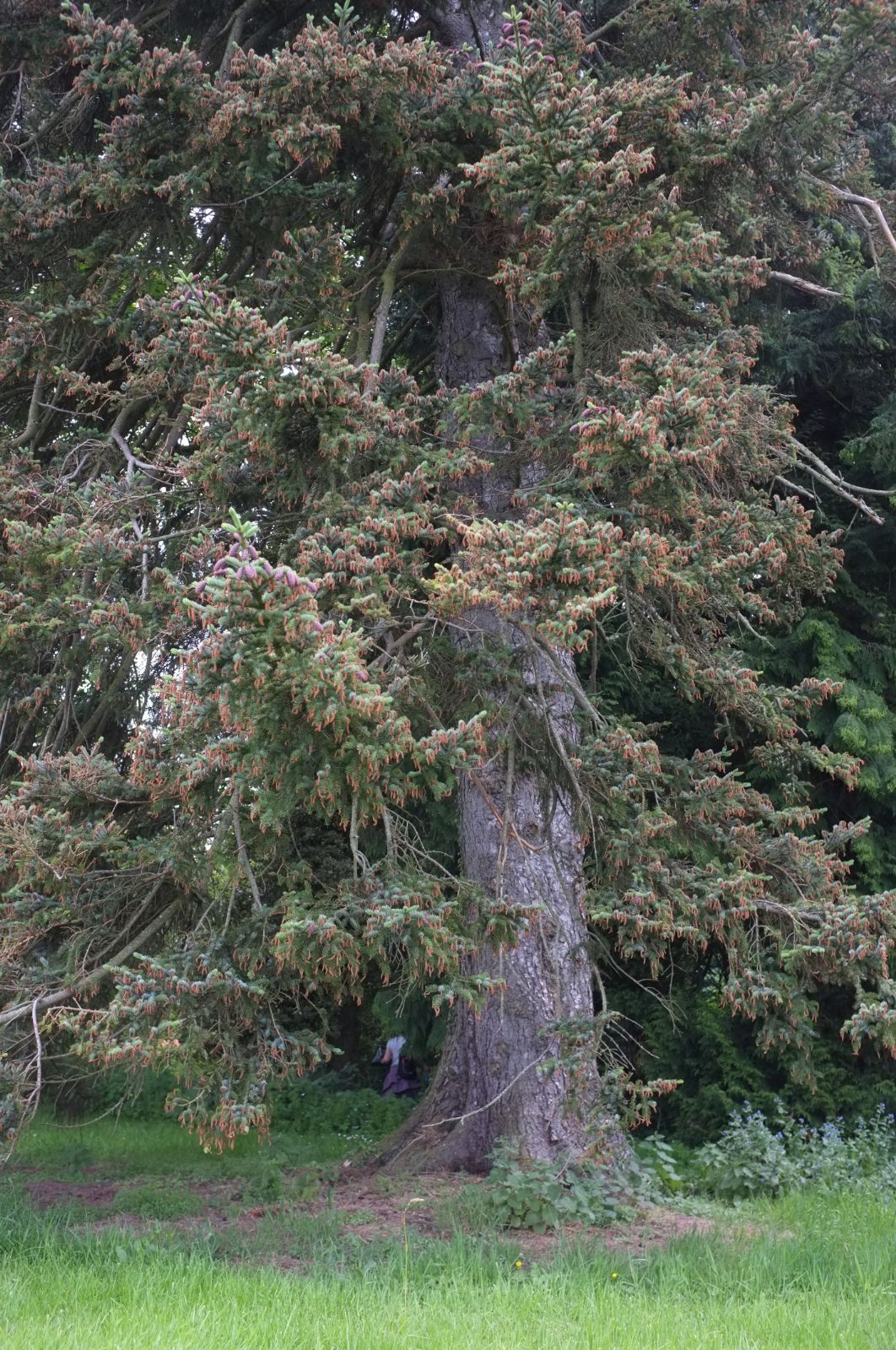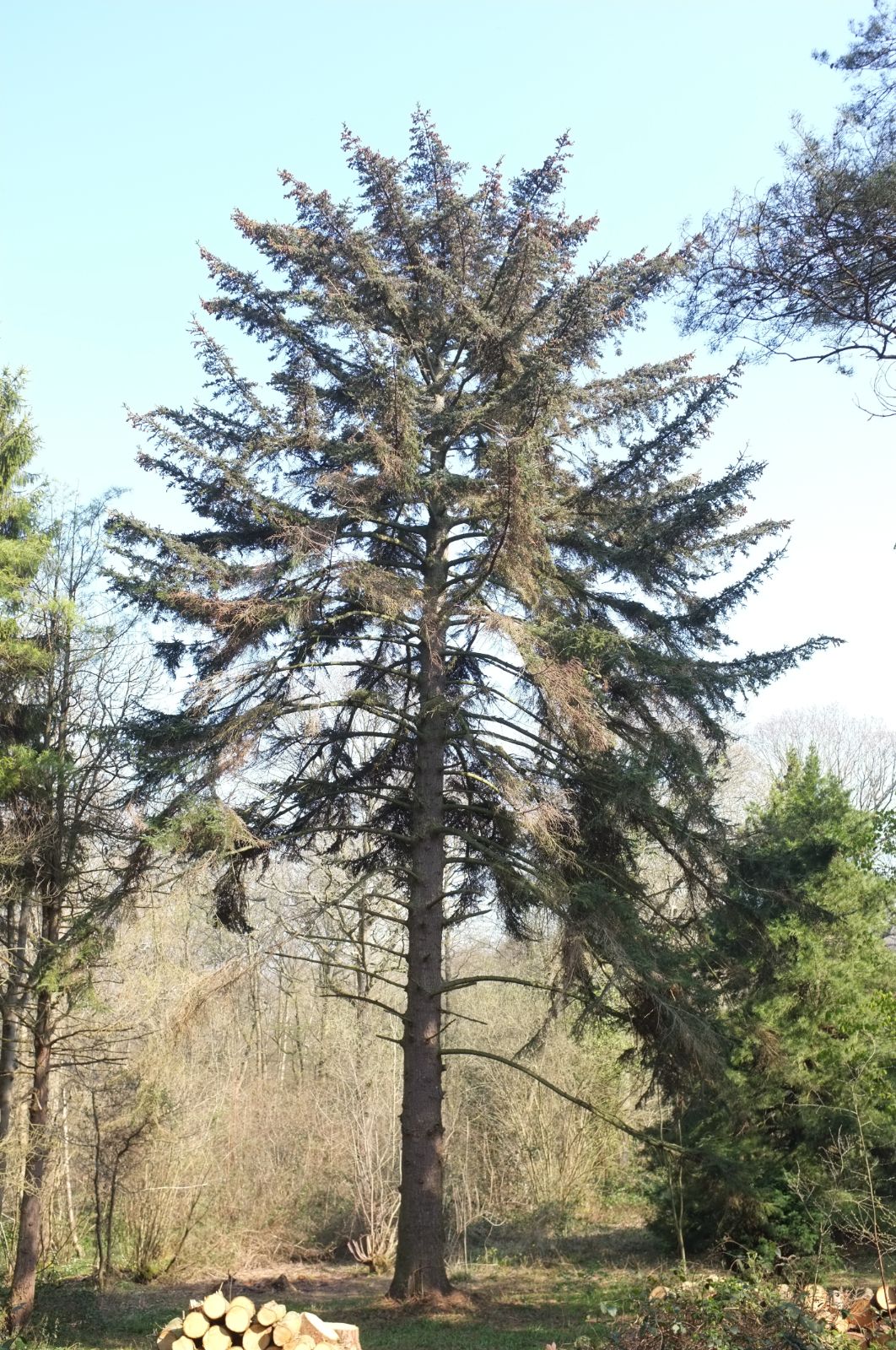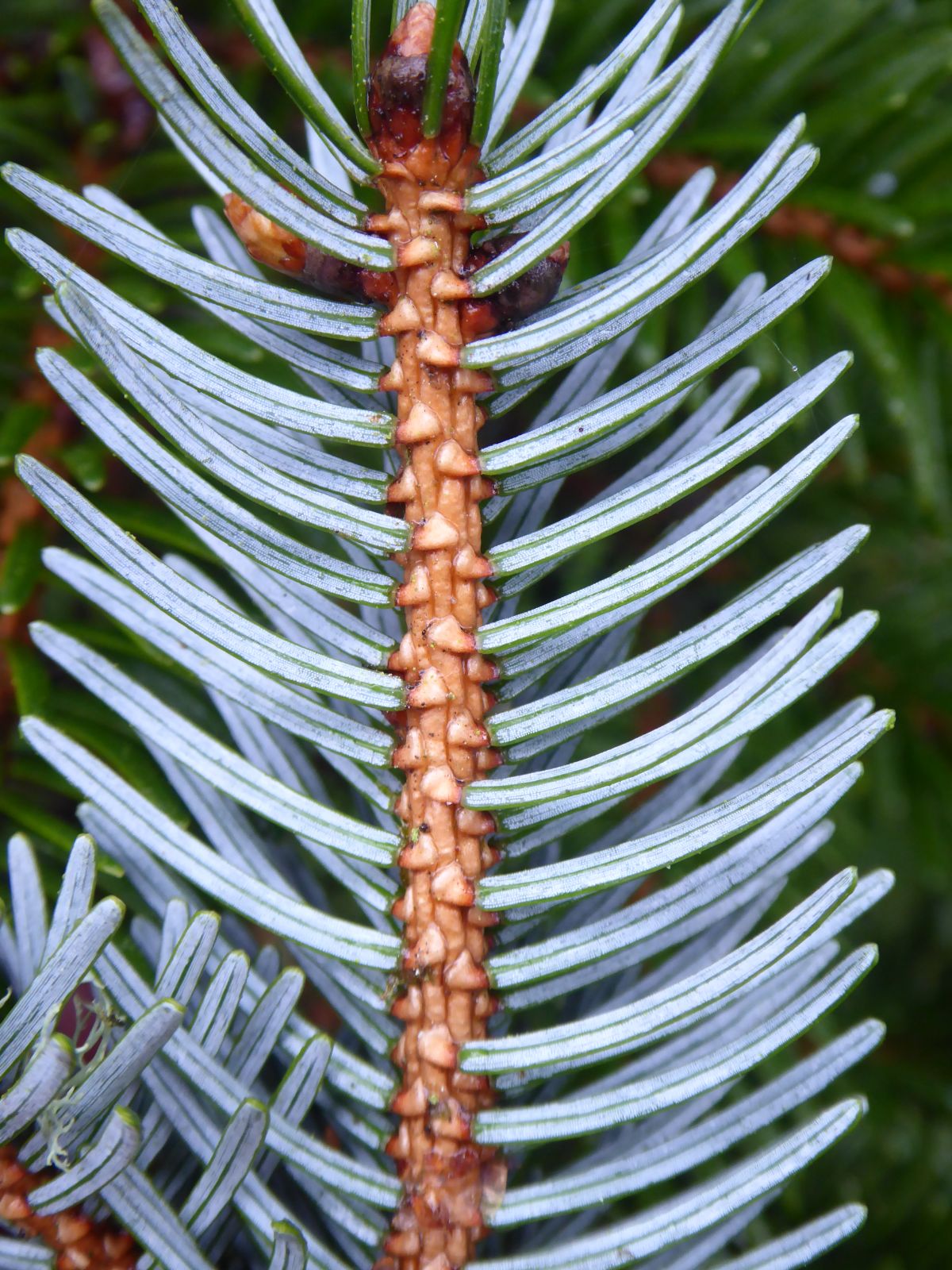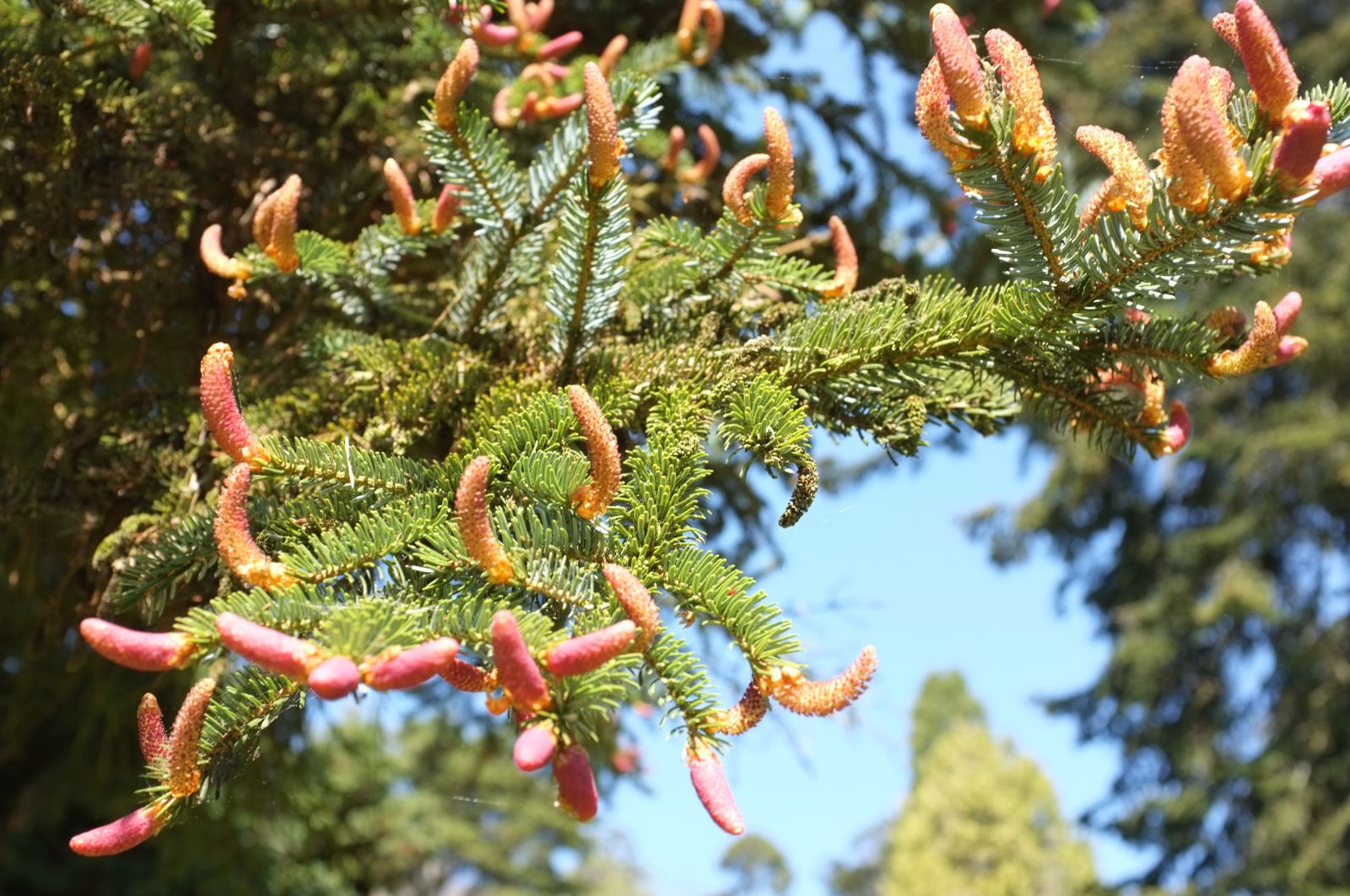Picea jezoensis
Sponsor
Kindly sponsored by
This genus has been sponsored and new text is being prepared.
Credits
Article from Bean's Trees and Shrubs Hardy in the British Isles
Article from New Trees by John Grimshaw & Ross Bayton
Recommended citation
'Picea jezoensis' from the website Trees and Shrubs Online (treesandshrubsonline.
Genus
Synonyms
- Abies jezoensis Sieb. & Zucc.
- Picea ajanensis Fisch.
Infraspecifics
Other taxa in genus
- Picea abies
- Picea alcoquiana
- Picea asperata
- Picea brachytyla
- Picea breweriana
- Picea chihuahuana
- Picea crassifolia
- Picea engelmannii
- Picea farreri
- Picea glauca
- Picea glehnii
- Picea koraiensis
- Picea koyamae
- Picea likiangensis
- Picea linzhiensis
- Picea × lutzii
- Picea mariana
- Picea martinezii
- Picea maximowiczii
- Picea meyeri
- Picea morrisonicola
- Picea obovata
- Picea omorika
- Picea orientalis
- Picea polita
- Picea pungens
- Picea retroflexa
- Picea rubens
- Picea schrenkiana
- Picea sitchensis
- Picea smithiana
- Picea spinulosa
- Picea wilsonii
This species seems to be represented in the British Isles almost wholly by the following variety:
From the Supplement (Vol. V)
specimens: Eridge Castle, Kent, pl. 1877, 92 × 101⁄4 ft and 108 × 91⁄2 ft (1984); Leonardslee, Sussex, pl. c. 1905, 95 × 81⁄2 ft and 105 × 61⁄2 ft (1977); Gnaton Hall, Devon, 102 × 8 ft, a fine tree (1978); Tregrehan, Cornwall, 105 × 8 ft (1979); Clynders, Dunbartons., 90 × 8 ft (1979); Benmore, Argyll, pl. 1880, 90 × 11 ft (1983); Ardross Castle, Ross, pl. 1900, 78 × 83⁄4 ft (1980).
All the above belong to var. hondoensis, which is confined to the main island of Japan.
From New Trees
Picea jezoensis (Siebold & Zucc.) Carrière
Yezo Spruce
Tree to 50 m, 1–1.5 m dbh. Bark brown, smooth, becoming blackish brown or purplish grey, rough, scaly in older trees. Crown broadly conical or pyramidal, open in older trees. Branchlets slender, firm or flexible, pale yellow to orange-yellow or yellowish brown, shiny, glabrous or slightly pubescent; vegetative buds not resinous. Leaves spreading forwards, shiny green, flat to triangular in cross-section, 1–2(–2.4) × 0.15–0.2 cm, apex acute or mucronate. Male strobili 1.5–2 cm long, yellowish. Cones terminal, often clustered, sessile, cylindrical, 4–7(–9) × 2–3.5 cm, green, becoming light yellow to reddish brown when mature. Seed scales obovate-oblong, thin and papery, 1–1.2 × 0.6–0.8 cm, upper margin undulate and denticulate. Seeds light brown, ovoid to cuneate, 0.3 × 0.2 cm, wings light orange-brown, ovate-oblong, 0.6–1 × 0.4–0.5 cm. Farjon 1990, Fu et al. 1999c. Distribution CHINA: Jilin; JAPAN: Hokkaido, northern Honshu; NORTH KOREA; RUSSIAN FEDERATION: Kamchatka, Kuril Is., Sakhalin, coastal Siberia. Habitat Occurs on a variety of soils between 0 and 2700 m asl. USDA Hardiness Zone 4. Conservation status Lower Risk. Illustration Farjon 1990; NT569. Cross-references B186, K194. Taxonomic note The epithet jezoensis is derived from the former name for Hokkaido: Yezo or Jezo.
Three taxa have been distinguished in Picea jezoensis, differing perhaps as much in their geographical origins as in morphology. A key is provided below.
| 1a. | Cones small (3–4 × 2–2.2 cm); seed scales almost rhombic, flat; China (Jilin), North Korea | subsp. jezoensis var. komarovii |
| 1b. | Cones large (4–7(–9) × 2–3.5 cm); seed scales obovate-oblong, flat or incurved; Japan, Russian Federation | 2 |
| 2a. | Branchlets dark reddish brown in second year; leaves broad (1.8–2.2 cm); cones dark reddish brown at maturity; Japan (central Honshu) | subsp. hondoensis |
| 2b. | Branchlets orange-yellow or yellowish brown in second year; leaves narrow (1.5–2 cm); cones light yellowish or reddish brown at maturity; Japan (Hokkaido, north Honshu), Russian Federation (Kuril Is., Sakhalin, Siberia) | subsp. jezoensis var. jezoensis |
subsp. jezoensis var. jezoensis
Bean (1976b) considered that the only material of Picea jezoensis in cultivation was attributable to subsp. hondoensis, from Honshu, rather than the nominate subsp. jezoensis from Hokkaido. Subsp. hondoensis remains the dominant presence in cultivation throughout our area, making fine trees in suitable gardens; it enjoys cool, moist conditions, but will grow steadily in less favourable conditions, such as in Finland (K. Rushforth, pers. comm. 2007). Subsp. jezoensis is still very rare, although it has been introduced on several occasions since 1861. A collection made by Frank N. Meyer (d.1918) in Siberia has been maintained in North America, and is currently represented by a grafted tree of 11 m (32.5 cm dbh) at the Morton Arboretum, derived from an original tree in the Arnold Arboretum (K. Kim, pers. comm. 2007). In the United Kingdom only one larger tree has been recorded by TROBI, growing at Darnaway in Moray, measured by Alan Mitchell at 11 m tall in 1989. Otherwise it seems to be represented, in Britain at least, only by young specimens grown from recent expeditions to Japan and the Russian Far East. From Hokkaido there is EHOK 20, collected in October 1997 in the Uryu Experimental Forest near Horokanai. Here the parent trees grew to 8 m tall, with a spread of 6 m, amongst mixed forest on volcanic slopes. It was also collected by Warner and Howick (W&H 550) in Hokkaido in 1987. Not surprisingly, plants from this provenance have not flourished at Quarryhill, resenting the heat, and the solitary survivor there (1 m tall) is in a lingering, yellowish state and has not put on new growth for some time (H. Higson, pers. comm. 2007). At Howick, however, several specimens from W&H 550 are healthy, though slow-growing (up to 2.5 m in 2007) – unlike a tree of subsp. hondoensis that has shot up to 10–12 m in the same time (C. Howick, pers. comm. 2007). From Sakhalin in 1994 there is ESUS 176, which is also attributable to subsp. jezoensis. At Kew the plants from this collection are still very small and they are apt to have their first flush of growth frozen in spring frosts, which is a pity, as the bright grass-green new shoots are attractive. They seem to be as difficult in cultivation as their compatriot Abies sachalinensis (see p. 58), with which the original Sakhalin trees were growing – a problem that might be termed ‘Siberian conifer syndrome’.
var. hondoensis (Mayr) Rehd.
Synonyms
Picea hondoensis Mayr
Abies alcocquiana Veitch ex Lindl., in part
A tree up to 90 ft high in the wild, with a greyish scaly bark; young shoots yellowish, glabrous, becoming reddish brown in the second year; buds shining, resinous, broadly conical-ovoid. Leaves flattened, confined to the upper side of the shoots, the lower ones pectinately arranged, mostly {3/8} to {5/8} in. long, obtuse and bevelled at the apex, dark green and without stomata at the apex, the ventral surface blue-white, almost covered with stomatic lines, but the two bands separated by the green midrib. Cones cylindric, 2 to 3 in. long, about 1 in. wide, crimson when young; scales narrowly oblong, with jaggedly toothed margins. Bot. Mag., t. 6743.Native of the main island of Japan (Honshu, formerly Hondo); introduced by J. G. Veitch from Mt Fuji in 1861. As noted under P. bicolor, the cones of these two species were mixed by Veitch’s collectors, with the result that both were at first grown under the name Abies alcocquiana. In clearing up the confusion in 1880, Masters adopted for it the name P. ajanensis Fisch., by which it was generally known until well into the present century (see further below). At the present time it is usually known as P. jezoensis simply, and not incorrectly, since it is debatable whether it is really distinct enough from typical P. jezoensis to merit distinction even as a variety. The main differences would appear to be that in the var. hondoensis the leaves are somewhat shorter than in the typical state, never mucronate at the apex, and that the shoots turn brown in their second year, whereas in typical P. jezoensis they remain yellowish.The Honshu spruce grows well in Britain and is represented in most collections. Details of over forty specimens will be found in A. F. Mitchell’s Conifers in Great Britain, of which the following is a selection: Eridge Castle, Kent, pl. 1877, 75 × 10 ft (1971); Leonardslee, Sussex, pl. c. 1905, 85 × 8 ft (1969); Tregrehan, Cornwall, 100 × 8 ft (1971); Benmore, Argyll, pl. 1880, 80 × 10{3/4} ft (1970).Typical P. jezoensis is of wide distribution in N.E. Asia, from the northern island of Japan (Hokkaido, formerly Yezo), to Sakhalin and the S. Kuriles, and on the mainland from Korea and Manchuria through the mountains of the Russian Far East as far north as about 58° N. It was originally described from specimens of a tree growing in a garden near Tokyo, said to have come from the northern island; the synonymous name P. ajanensis is founded on a specimen collected near Ayan on the Sea of Othotsk. J. G. Veitch introduced this species from near Hakodate, the port of Hokkaido, in 1861 and Maries, the Veitchian collector, sent seeds again eighteen years later, but the first introduction was a failure, and the second, which probably came from the same area, is unlikely to have been any more successful. A third introduction was by Wilson from Korea in 1917, but whether any trees were raised from the seeds sent to Britain is not known. All the thriving trees of P. jezoensis in this country appear to be of the Honshu provenance, i.e., the var. hondoensis.

